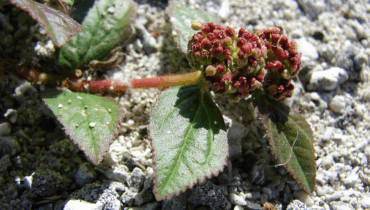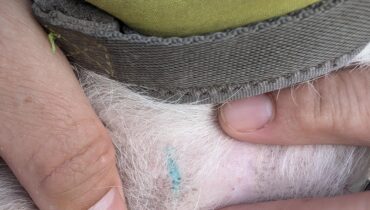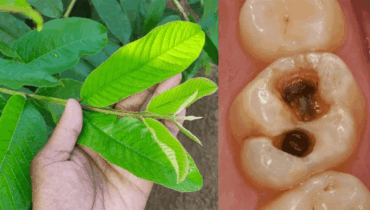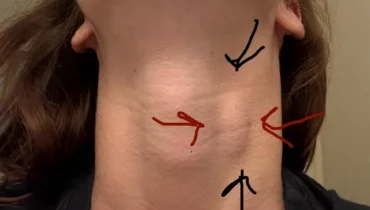📌 Urgent Warning: If You Discover These Eggs in Your Yard, Act Immediately
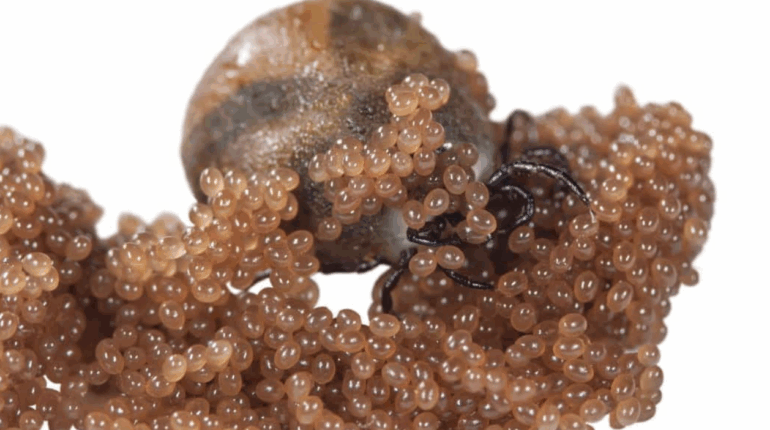
Posted 27 August 2025 by: Admin
They may look harmless, but tick eggs in your backyard can be the beginning of a dangerous infestation. Tiny and easy to miss, these eggs hatch into blood-sucking parasites capable of spreading serious illnesses to humans and pets. Knowing how to spot, remove, and prevent them is key to protecting your family.
Ticks are external parasites that feed on the blood of animals and people. They are known carriers of diseases such as Lyme disease, Rocky Mountain spotted fever, babesiosis, and ehrlichiosis. A single female tick can lay hundreds to thousands of eggs at once, often hidden in leaf litter, tall grass, or damp soil. Detecting these eggs early helps stop infestations before they become a health hazard.
How to Identify Tick Eggs
Tick eggs are incredibly small — about 0.5 millimeters — but they share some distinctive traits: – **Color:** Freshly laid eggs are pale yellow or translucent, darkening slightly as they mature. – **Texture:** They appear shiny and smooth, reflecting light like tiny beads. – **Clustering:** Laid in large masses, often numbering in the hundreds. – **Location:** Found in shaded, moist places such as mulch, brush piles, and tall grass.
Because they resemble poppy seeds or insect eggs, close inspection is needed to confirm them.
Health Risks Linked to Tick Eggs
The eggs themselves don’t bite, but once hatched, larvae immediately seek a host. Even in this early stage, ticks may carry pathogens capable of spreading disease. From flu-like symptoms to life-threatening infections, tick-borne illnesses are serious and widespread.
What to Do If You Find Tick Eggs
– **Avoid bare contact:** Never touch eggs with your hands. Use gloves or tools. – **Remove carefully:** Scoop clusters with disposable paper or sticks and place them in a sealed bag. – **Destroy safely:** Submerge the bag in soapy water, rubbing alcohol, or leave sealed in direct sunlight to kill the eggs. – **Check pets:** Regularly inspect pets for ticks, as they are often the first to encounter them.
How to Prevent Tick Infestations
Maintain Lawn & Garden
Keep grass under 3 inches.
Clear leaf piles and brush.
Improve yard drainage to avoid damp, tick-friendly areas.
Landscape Wisely
Create barriers with gravel or wood chips between wooded areas and your lawn.
Use tick-repelling plants like lavender, rosemary, or mint.
Limit Wildlife Exposure
Avoid deer-attracting plants.
Store firewood off the ground to reduce rodent activity.
Seal entry points to keep rodents out of sheds and homes.
Use Repellents & Treatments
Apply natural repellents like cedarwood oil or diatomaceous earth.
Place tick tubes around the yard to reduce rodent-borne ticks.
Use insecticides cautiously, following safety guidelines.
Staying Safe
Regular yard checks are essential, especially in spring and summer. Wear light-colored clothing outdoors to spot ticks easily, and always inspect pets after time outside. For long-term prevention, veterinarians can recommend tick collars, spot treatments, or oral preventives.
Tick eggs may be small, but ignoring them can lead to big problems. With early detection, safe removal, and consistent prevention, you can protect your home and family from tick-borne risks. When in doubt, contact pest control or veterinary professionals for guidance.







